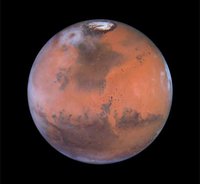
Recent spectroscopic detections of CH4 in the atmosphere of Mars are the
first definitive observations of an organic compound on that planet. The
relatively short photochemical lifetime of CH4 (~300 years) argues for a
geologically young source. We demonstrate here that low-temperature
alteration of basaltic crust by carbon-bearing hydrothermal fluid can
produce the required CH4 flux of 1 × 107 moles year-1, assuming conservative
values for crustal permeability and oxygen fugacity as implied by martian
basaltic meteorites. The crustal thermal disturbance due to a single dike ~
10 × 1 × 10 km during the past 104 years is capable of driving the
alteration, if all carbon is supplied by magmatic degassing from a dike with
only 50 ppm C. Atmospheric methane strongly suggests ongoing magmatism and
hydrothermal alteration on Mars.
To join using a videoconferencing system:
Please RSVP to Mike Toillion (mike.toillion@nasa.gov) if you will be joining by Polycom.
To view the slides, connect to http://connect.arc.nasa.gov/nai_directors_seminar/
To join using a web browser:
The slides and audio/video for this meeting will be presented using Adobe Connect. To join the meeting, connect to:
http://connect.arc.nasa.gov/nai_directors_seminar/
If you are having problems connecting, you can try joining http://connect.arc.nasa.gov/nai_directors_seminar/?launcher=false, or rebooting your computer, or try joining from another network.
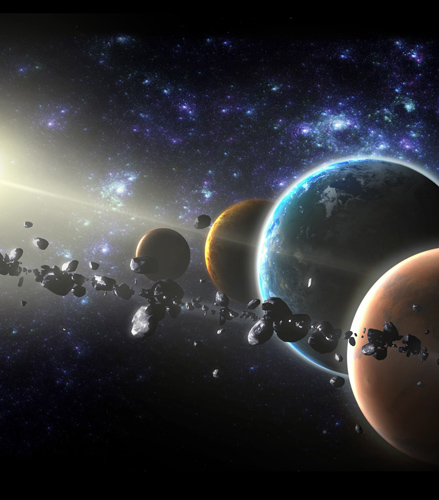 A Talk With Jim Green
A Talk With Jim Green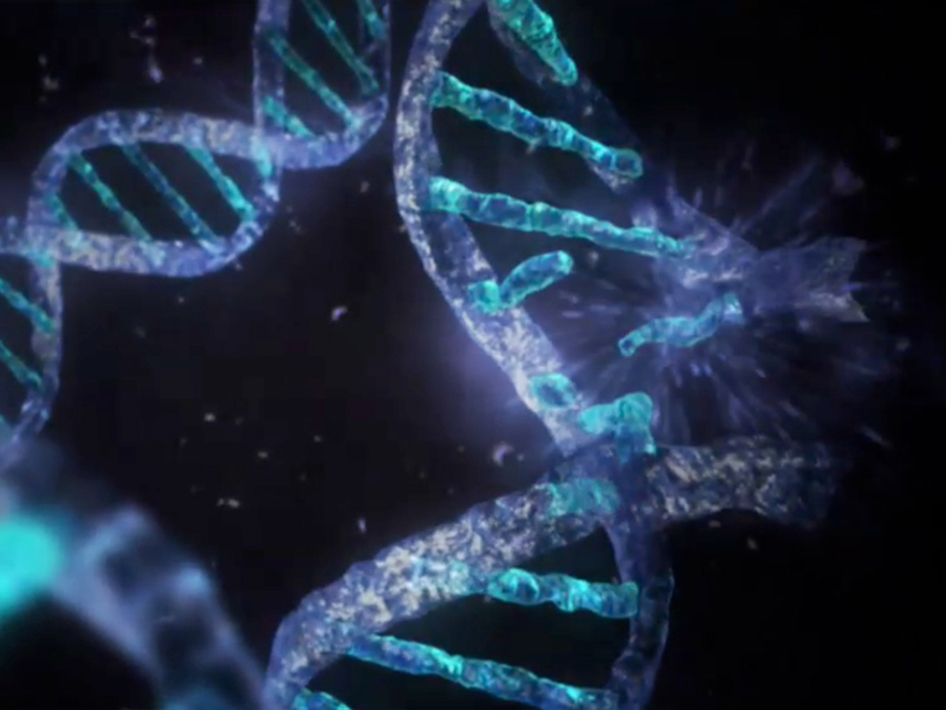 What Can Extant Genomes Reveal About Early DNA Metabolism?
What Can Extant Genomes Reveal About Early DNA Metabolism?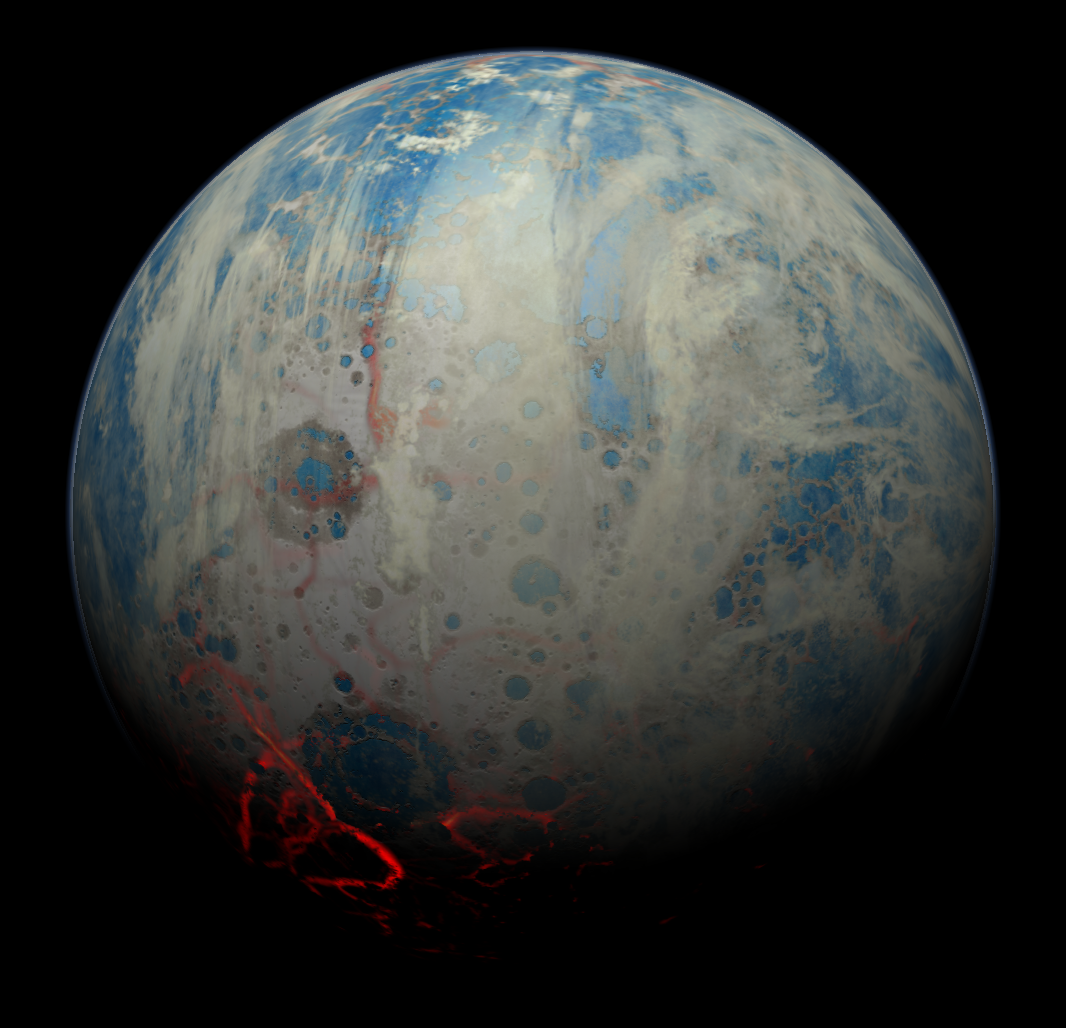 What We Talk About When We Talk About Earth's Oxygenation
What We Talk About When We Talk About Earth's Oxygenation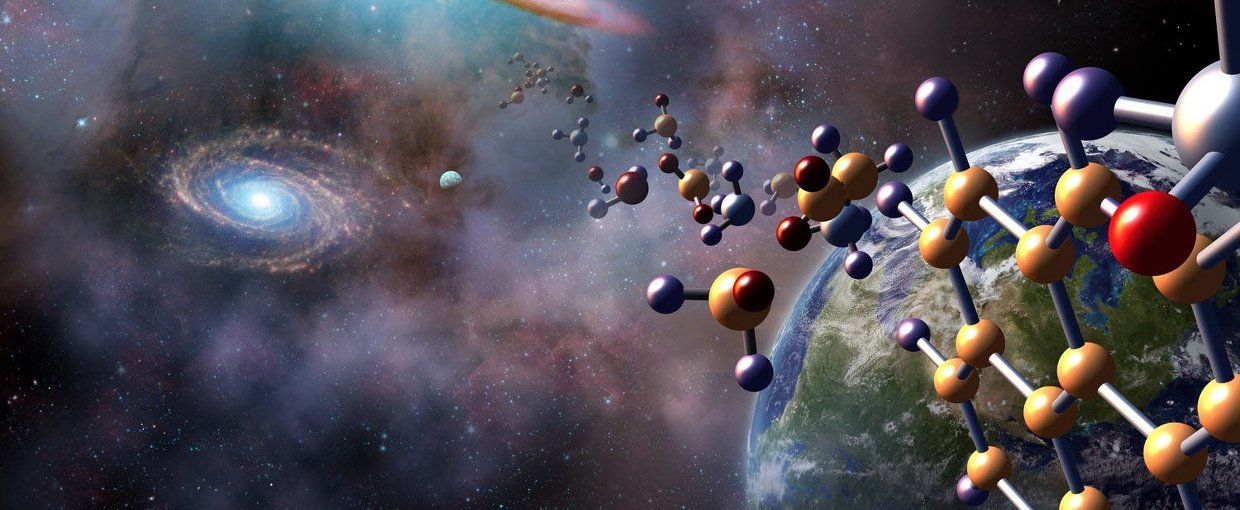 Bowling With Astrobiologists: A Twisted Path Toward the Origin of DNA
Bowling With Astrobiologists: A Twisted Path Toward the Origin of DNA